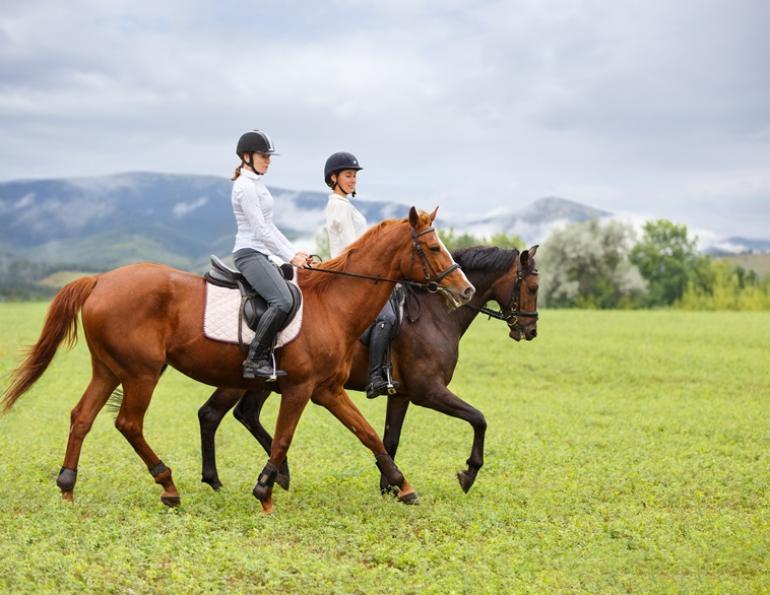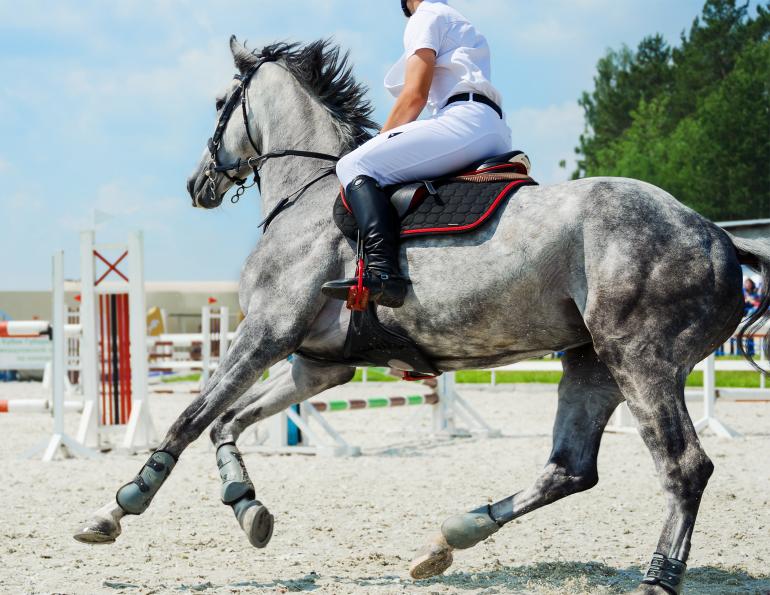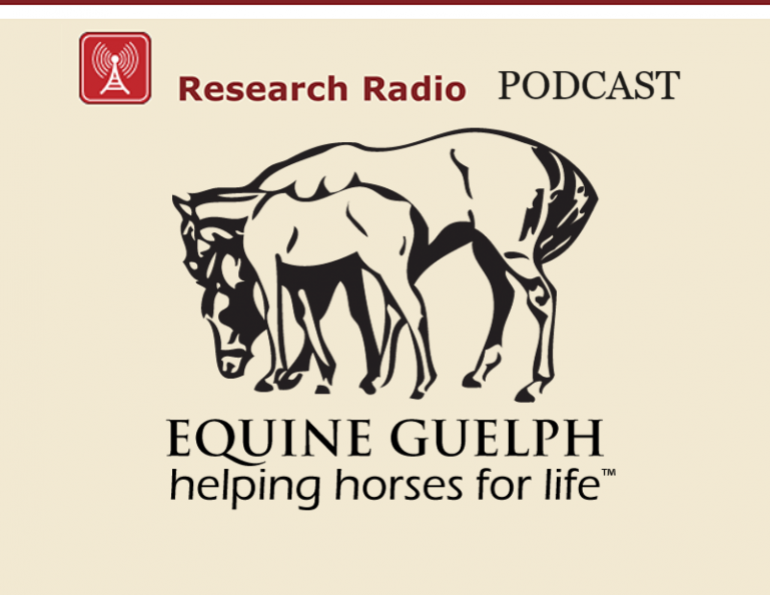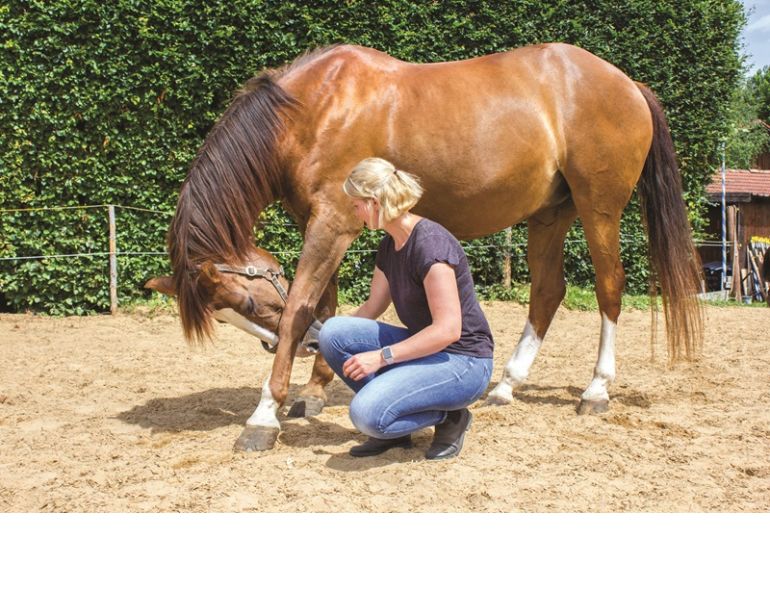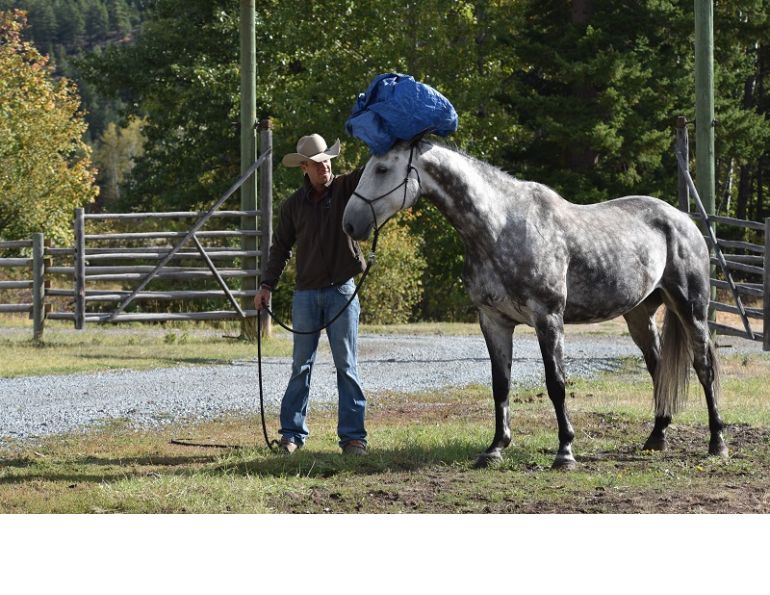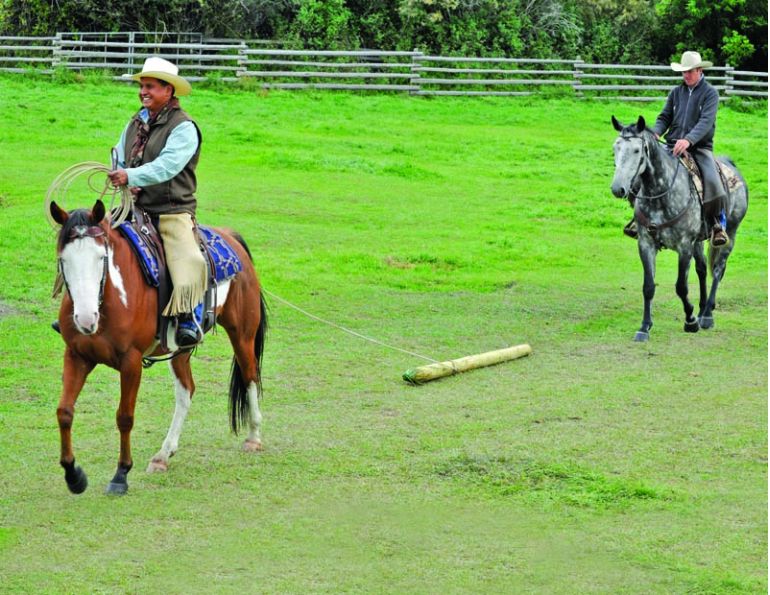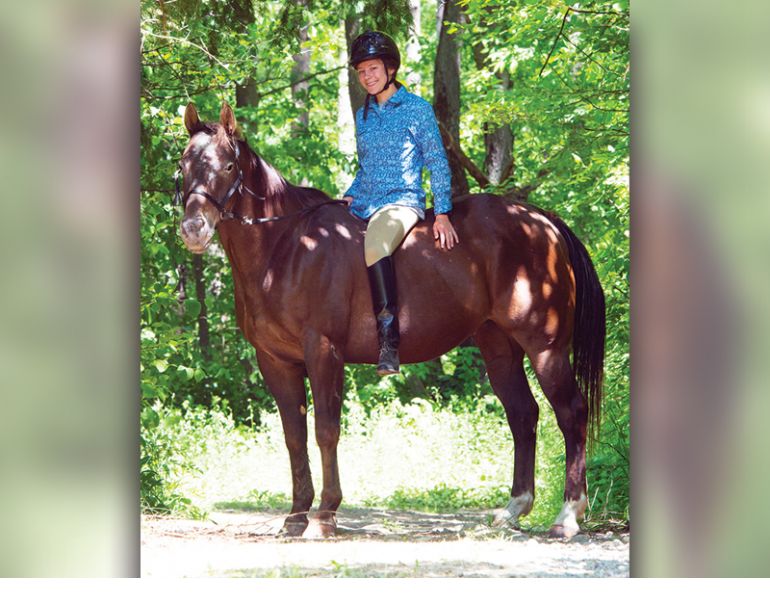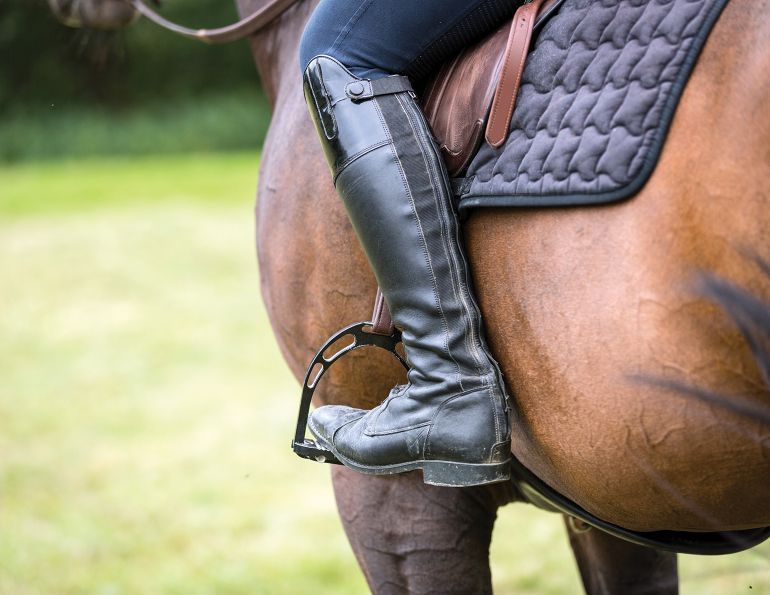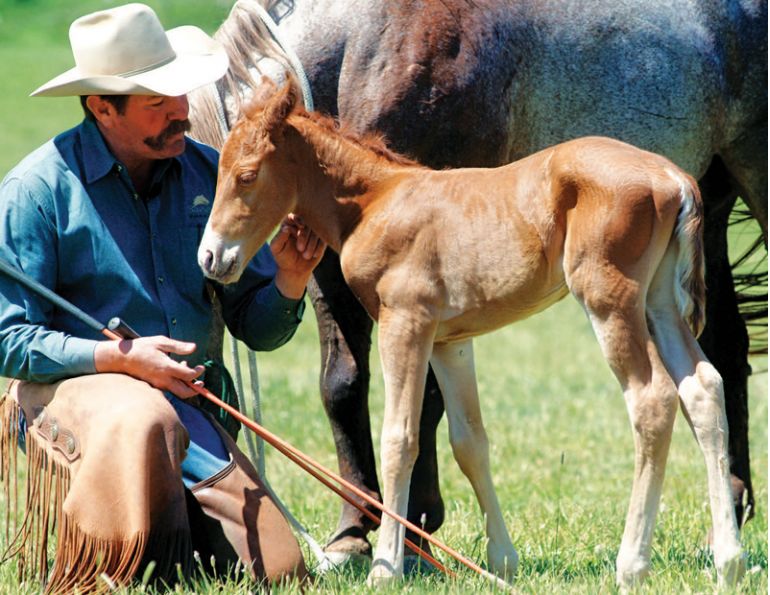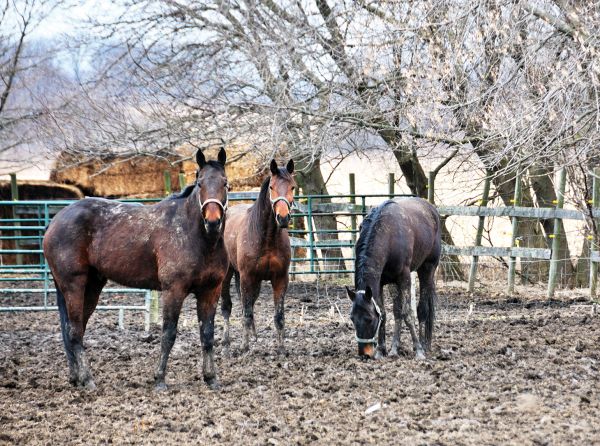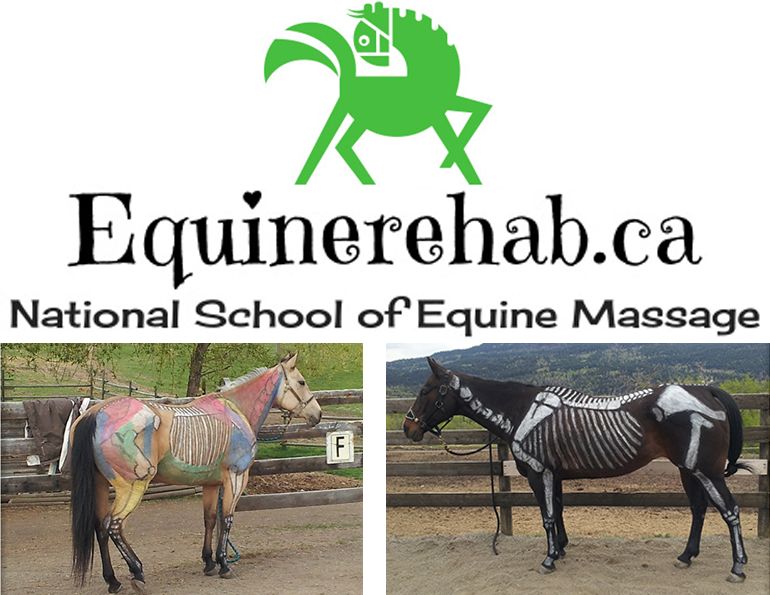By Tanja Bornmann (MSc Equine Science, Academic Equitation)
Every interaction we have with a horse involves principles of learning, whether we are aware of it or not. Problems arise when the wrong technique is chosen, or a correct one is applied incorrectly. In such cases, the horse can become confused and respond with behaviours often labelled as stubborn, unwilling, naughty, or even dangerous.
It is important to remember that horses are not deliberately testing their riders, nor are they trying to assert dominance. Successful training depends on clear communication, where cues are applied fairly and consistently, and the horse understands the message being conveyed. Horses communicate in their own ways, but many training issues arise because the human either misuses the aids or fails to reward the desired response promptly, making it difficult for the horse to connect the behaviour with the reward.
We can observe horse abuse in all equestrian disciplines; some types of abuse are just more obvious to spot than others. Unfortunately, unlike some other mammals such as dogs, horses very rarely use their voices to indicate that they are in pain. Horses’ reactions to pain or discomfort are often subtle and hard to spot since equids, based on their natural survival instinct, tend not to express pain too openly. You may have witnessed some riders applying strong leg or even spur pressure (the “go” signal) and rein pressure (the “slow down” signal) at the same time until the horse complies or does what the rider wants. This can present a welfare concern due to the simultaneous use of two contradictory cues — accelerating and decelerating aids — and may cause discomfort or pain. Some horses may try to escape pain by bucking or rearing, often accompanied by frequent tail swishing and facial expressions indicating pain. Other horses may simply surrender to the pain and eventually enter a state of learned helplessness where they have learned that any attempt to escape pain or a stressful situation is not successful. Horses that have entered a state of learned helplessness simply give up trying and may become depressed, which can sometimes be observed in horses termed “bomb proof,” or in some school horses.
Some riders may constantly apply leg pressure even if the horse already moves forward or maintains the desired speed or rhythm. No leg pressure release when the horse responds with “forward” is incorrect understanding of negative reinforcement. In this example, horses can become habituated to the constant leg pressure and the rider may need to apply even stronger leg pressure to ask for an increase in speed or length of strides in the future. Horses that have habituated to leg pressure are often falsely termed “lazy” and their riders may choose to use spurs or whips, punishing the horse for the rider’s incorrect understanding of learning theory.
Related: Get it Done Horsemanship
What is learning?
Learning means behaviour modification and our behaviour can be influenced by interactions with the environment, including other humans and animals. When training horses to perform for us as riding, driving, or working partners, we can modify their behaviour by applying the principles of learning theory. Through habituation and (de-)sensitisation, as well as operant and classical conditioning (also known as Pavlovian conditioning), horses can be trained to become reliable and safe companions. Operant conditioning, also known as instrumental conditioning, is linked to cue (stimulus) — response (right or wrong behaviour) — consequence (reward or punishment) relationships.
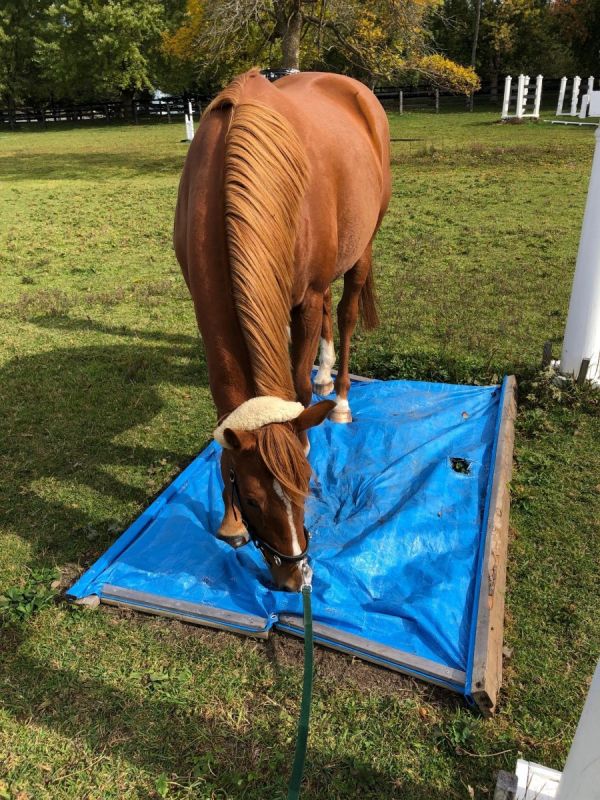
We can modify a horse’s behaviour by applying the principles of learning theory. Photo: Tanja Bornmann
We can reward (reinforce) wanted/desired horse behaviours by giving horses (adding) something pleasant or desirable, such as food, scratches, turnout. These reinforcers are termed primary positive reinforcers and the process is called positive reinforcement. Primary means that the reinforcers are natural to the horse, in contrast to secondary (learned) positive reinforcers such as pats on the neck, or the sound of a clicker, which a horse needs to associate or link to a primary positive reinforcer first in order for the secondary positive reinforcer to become meaningful and positive. We can also reward horses by removing (subtracting) a stimulus that they perceive unpleasant, namely leg or rein pressure, once they have shown a correct or desired response, such as immediately removing the leg pressure when the horse yields. This is termed negative reinforcement. In contrast, we can apply punishment to stop horses from showing behaviours we deem “bad” or unwanted/undesired. Punishment can also be subdivided into positive punishment (adding something unpleasant such as pressure/pain), or negative punishment (removing or withholding something pleasant).
What do equestrians know about learning theory?
A study investigating riders’ perceptions and understanding of learning theory, conducted as part of a MSc dissertation project and involving 1028 participants, revealed gaps in equestrians’ theoretical knowledge of the terminology “positive and negative reinforcement and punishment” when participants were asked to select the correct definitions or provide practical examples. Of all survey participants, 85.4 percent believed that positive reinforcement was the most successful horse training method. In contrast, 82.5 percent of all participating equestrians thought that “releasing the aid/pressure,” which constitutes negative reinforcement, would be the most effective reward, and those participants selected the incorrect definition of negative reinforcement considerably more often. When the participating riders were asked whether they knew how their horses learn certain behaviours, 95.8 percent said yes, but only 25.9 percent provided a correct or partly correct example of negative reinforcement and 20.8 percent confused negative reinforcement with punishment, possibly due to respondents’ lacking knowledge of the terminology.
Related: Understanding the Confused Horse
Why is this the case? Equestrians may be receiving misleading or incorrect information from their coaches as significantly more study participants, who indicated that the licensed/qualified coach would be their main knowledge source for training knowledge, selected the wrong definition of negative reinforcement. This is not surprising, given that some professional equestrian coaches and veterinarians may lack a clear understanding of the principles of learning theory. Therefore, the correct application of learning theory by some amateur equestrians could be questioned.

Results of a recent study suggest that equestrians may be receiving incorrect information from their coaches who may lack a clear understanding of the principles of learning theory. Photo: Shutterstock/Olgaru79
Today, learning theory and horse behaviour still do not represent an integral part of the coaches’ training syllabi of some national equestrian federations and governing bodies. Yet, research findings stress the need for implementing learning theory in equestrian coach training and suggest that the competence of equestrians in correctly applying learning theory could be questioned. However, it seems that even if some equestrians may not comprehensively understand the impact of negative reinforcement on horse behaviour, pressure release was of high importance to the participants of the MSc dissertation study mentioned above. It appears that, to some extent, equestrians are aware of the negative impact of constant pressure (non-release of pressure after a desired behaviour has been shown) in training on horse behaviour, which is encouraging in terms of horse welfare.
Related: Equine Boarding School
Related: Is Desensitizating Your Horse Helpful?
Published with the kind permission of Equine Guelph.
Photo: iStock/Sergio Kumer



